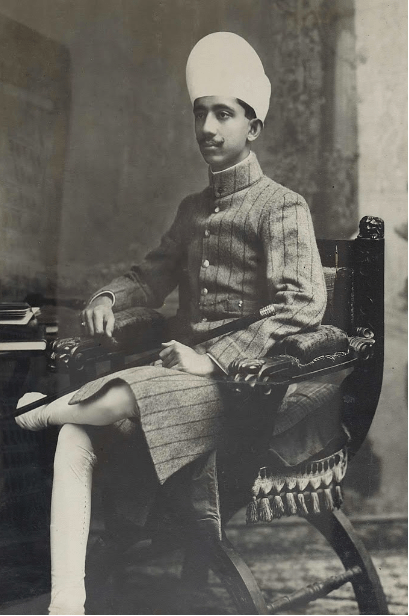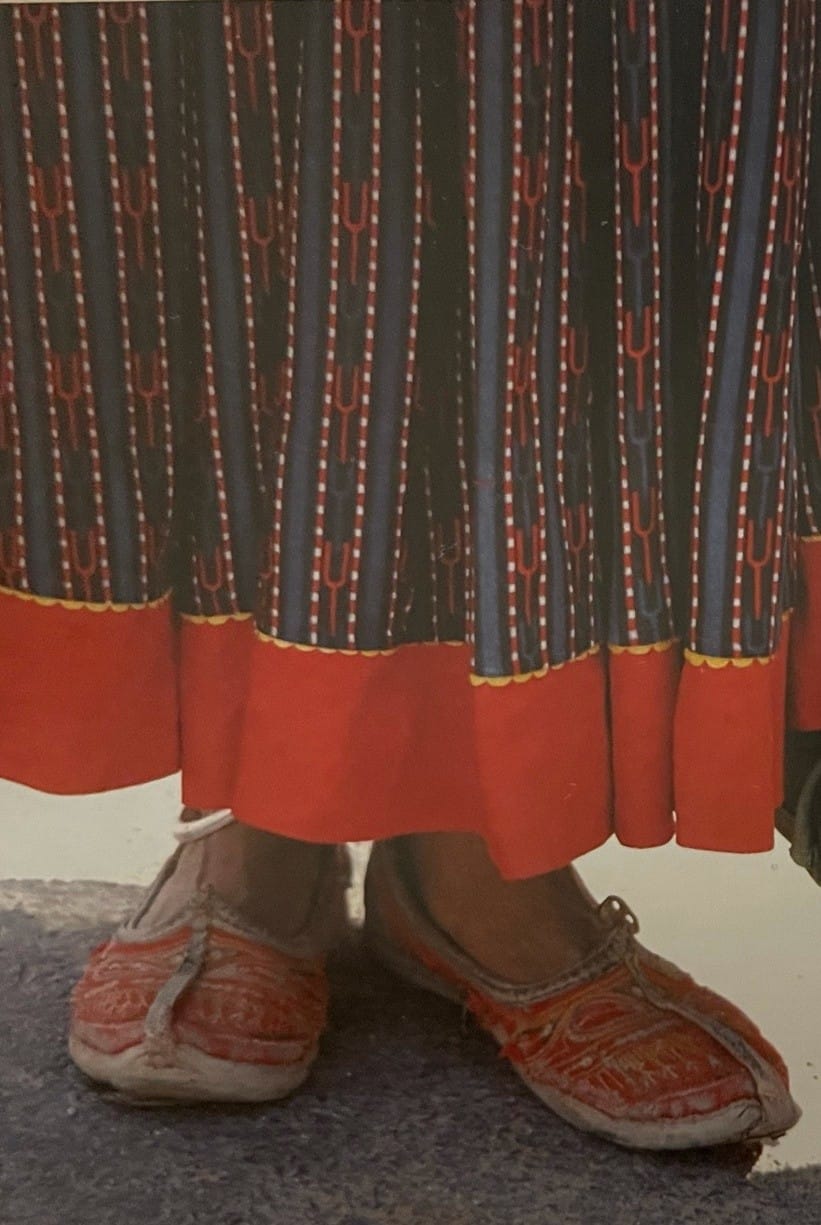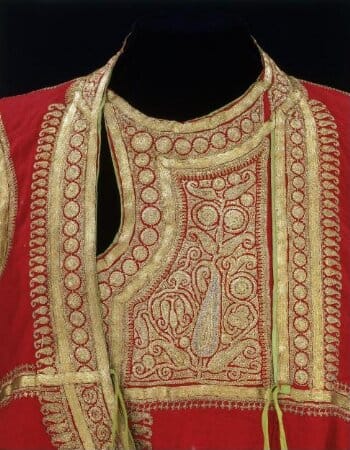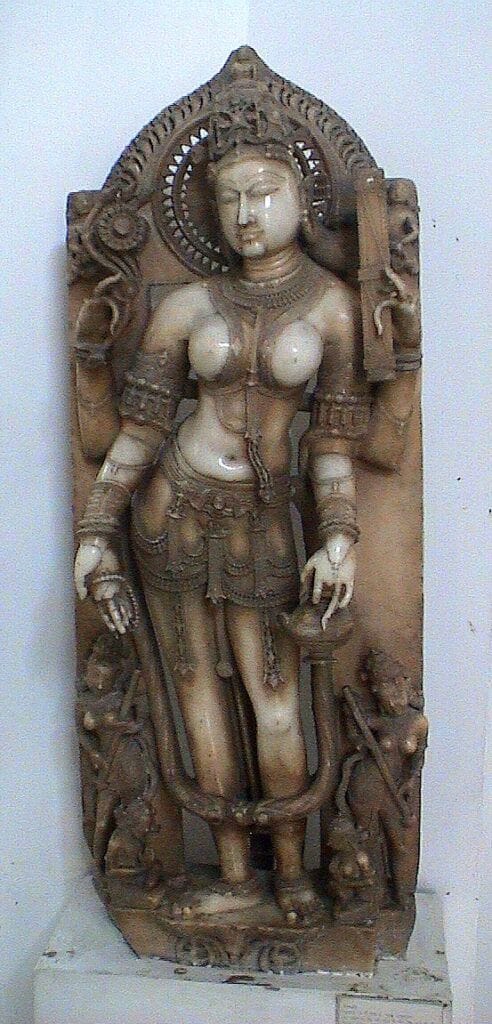[vc_row css_animation="" row_type="row" use_row_as_full_screen_section="no" type="full_width" angled_section="no" text_align="left" background_image_as_pattern="without_pattern" css=".vc_custom_1622248632215{padding-right: 15px !important;}" z_index=""][vc_column offset="vc_col-xs-12"][vc_column_text]Draped Apparel:
In our first blog in this series, we talked about the Indian tradition of wearing unstitched clothing from pre-Vedic times, possibly because applying a needle to cloth was believed to be polluting. [caption id="attachment_4173" align="alignleft" width="126"]

A kid in a langot, still worn in India by traditional wrestlers. Image Source: https://www.danielmalikyar.com/kushti-india/[/caption]
Because of this belief, and probably because of the climate, India has always had a tradition of draped apparel, starting from the langot, a rectangular cloth worn as underwear. Interestingly. I remember my grandfather still wore a langot until the 1960s, as I remember long strips of cloth drying on the washing line.  A kid in a langot, still worn in India by traditional wrestlers. Image Source: https://www.danielmalikyar.com/kushti-india/[/caption]Because of this belief, and probably because of the climate, India has always had a tradition of draped apparel, starting from the langot, a rectangular cloth worn as underwear. Interestingly. I remember my grandfather still wore a langot until the 1960s, as I remember long strips of cloth drying on the washing line.
A kid in a langot, still worn in India by traditional wrestlers. Image Source: https://www.danielmalikyar.com/kushti-india/[/caption]Because of this belief, and probably because of the climate, India has always had a tradition of draped apparel, starting from the langot, a rectangular cloth worn as underwear. Interestingly. I remember my grandfather still wore a langot until the 1960s, as I remember long strips of cloth drying on the washing line. 






 Statue of Saraswati at the National Museum Delhi. Note her apparel.[/caption]Silhouettes of Indian Apparel :
Statue of Saraswati at the National Museum Delhi. Note her apparel.[/caption]Silhouettes of Indian Apparel :